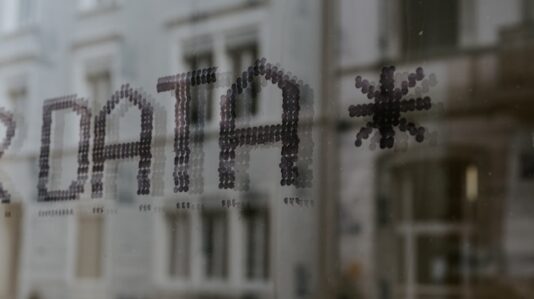Many business owners set up their companies as corporations or limited liability entities (such as an LLC), since it offers them protection from personal liability for the debts of the business. However, this protection is not absolute. In certain circumstances, courts may allow a plaintiff to sue the owners of a company personally for the actions of the company by “piercing the corporate veil.”
What Does it Mean to Pierce the Corporate Veil?
Piercing the corporate veil refers to the legal doctrine that holds owners, members or shareholders of a corporation or LLC personally liable for the business’s debts and obligations when they fail to maintain the company’s separate legal existence from their personal affairs. The court examines the relationship between the owners and the company and determines whether there are sufficient grounds to pierce the corporate veil. If the court does pierce the corporate veil, the owners may be held financially responsible for the acts of the corporate entity.
How Do You Pierce the Corporate Veil?
To pierce the corporate veil, the plaintiff must show that (1) the owners exercised complete domination of the corporation in respect to the transaction attacked; and (2) that such domination was used to commit a fraud or wrong against the plaintiff which resulted in plaintiff’s injury. The first part of this test requires that the plaintiff prove that the owner used the corporation for his or her personal benefit, beyond using the corporation to shield the owner from liability. Essentially, the court asks, is the company the “alter ego” of the owners?
Factors Considered in Determining Whether Owners Exercised Sufficient Control
Several factors are considered in determining whether there are grounds to pierce the corporate veil, such as:
- Inadequate capitalization. Did the owners invest enough capital in the business for it to operate as a separate entity?
- Failure to comply with corporate formalities. Has the corporation held regular meetings, kept up-to-date corporate books and records, adopted by-laws and observed other corporate formalities? Are corporate letterheads and titles being used in business dealings?
- Commingling company assets with personal funds. Does the business have a separate bank account? Are separate books being kept for the business? Is the business being used to pay for personal expenses? To whom are payments being directed?
Although smaller businesses may receive some leeway with regard to corporate formalities, larger businesses are usually held to a higher standard.
In addition to these factors, the court will look at whether the company’s actions were wrongful or fraudulent. However, it must be shown that the owner’s domination of the company resulted in wrongful or inequitable consequences to the plaintiff. In New York, the fact that a company is owned by one person is not, standing alone, enough to pierce the corporate veil.
What Is The Effect Of Piercing The Corporate Veil?
If the court allows the plaintiff to pierce the corporate veil, the owners, members and shareholders become personally liable for the company’s debts. This allows creditors to use the business owners’ personal assets, such as their homes, bank accounts, investments and other property.
Conclusion
Business owners who want to protect themselves from liability should consult an attorney for advice on how to maintain strict separation between their business and personal affairs. An attorney can draft corporate documents, such as by-laws and shareholder agreements, to help shield corporate officers from personal liability. Individuals who have been injured by a company’s actions can also seek the guidance of an experienced lawyer regarding the best course of action.




